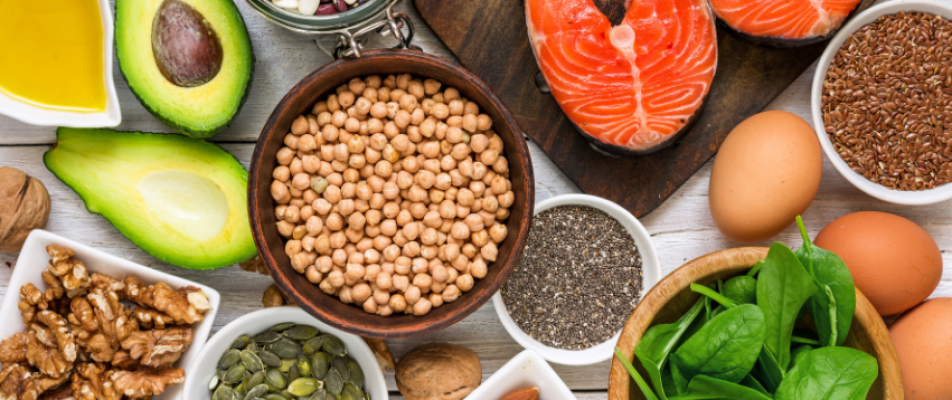
Your Menopause Body
What your menopause body is craving and why.
At Healthy Nest we focus on women’s nutrition and overall wellness, deep diving into health, diet and body issues surrounding menopause and striving for natural weight loss and longevity through a personalized approach.
When menopause rolls around in our 40s and 50s, the natural drop in reproductive hormones ushers in a whole slew of new challenges. Over 80% of women going through or nearing menopause experience uncomfortable symptoms, such as hot flashes, mood swings, irritability, or difficulty sleeping. Some of us experience intense cravings ranging from sweets and carbohydrates to salty snacks and cheesy comfort foods.
It’s easy to give into these cravings, but it’s important to listen to your body’s hunger and fullness cues and to make mindful choices about the foods you eat, especially during perimenopause and menopause years. Opting for nutrient-dense foods can even help ease some uncomfortable symptoms.
Here’s how to answer those menopause cravings and keep your menopause body and heart healthy, bones strong and brain sharp:
What Your Menopause Body is Saying
Challenge: Hot Flashes + Night Sweats
Solution: Choose Hydrating Foods
Hot flashes and night sweats are common symptoms of menopause. EAT THIS: Hydrating foods like fruits, vegetables and soups can help alleviate these symptoms. These foods are not only hydrating but also provide essential vitamins, minerals and antioxidants to support overall health.
Challenge: Losing Muscle Mass
Solution: Eat More Protein
Increase your protein intake to maintain muscle mass and support overall health. EAT THIS: Make sure you’re including plenty of lean meats, poultry, fish, eggs, dairy products, legumes, nuts, and seeds in your diet.
Challenge: Weakened Bones
Solution: Calcium + Vitamin D
Call on calcium-rich foods and vitamin D to help keep bones strong, which is pivotal during menopause — especially since osteoporosis (porousness in bones) is common right before, during and after menopause due to the decrease in estrogen. EAT THIS: Dairy products, sardines, tofu, salmon and leafy greens are all good sources of calcium while seafood, egg yolks and certain types of mushrooms provide vitamin D.
Challenge: Dropping Estrogen Levels
Solution: Eat Phytoestrogens
Declining levels of estrogen and other sex hormones alter how your body metabolizes carbs and fats during menopause, which may contribute to weight gain. Phytoestrogens are plant compounds naturally found in some foods that may act as a weak estrogen in your body, helping to diminish the symptoms (think hot flashes and mood swings) brought on by the decline in estrogen that accompanies menopause. EAT THIS: Foods rich in phytoestrogens include soybeans, tofu, tempeh, grapes, beans, flaxseeds, linseed, sesame, and black and green tea.
Challenge: Brain Fog
Solution: Choose More Omega-3 Fatty Acids
These helpful fats have anti-inflammatory properties and can help with mood swings and cognitive function. EAT THIS: Include fatty fish like salmon, flaxseeds, chia seeds and walnuts in your diet.
Challenge: Constipation
Solution: Add Fiber and Iron
Fiber is important for digestive health and may help alleviate constipation, a common issue during menopause. EAT THIS: Focus on whole grains, fruits, vegetables, legumes and nuts. Menopausal women still need iron, but their requirements may decrease after menopause due to the absence of menstrual bleeding. EAT THIS: It’s important to include iron-rich foods like lean meats, poultry, fish, legumes and fortified cereals.
AVOID THIS: In addition to maintaining a balanced diet, it’s also important to limit alcohol, caffeine and processed foods.
Need help navigating menopause and the years around it? Reach out and connect with a holistic nutritionist! We’re here to help. Schedule a complimentary consultation today.
Article resources: Healthline.com, Harvard Public Health
